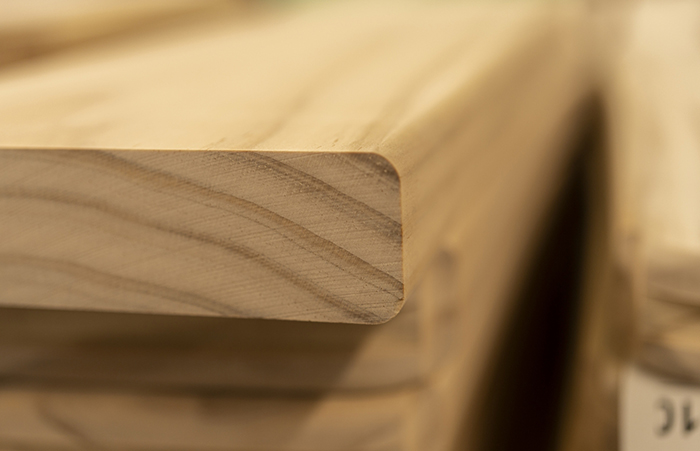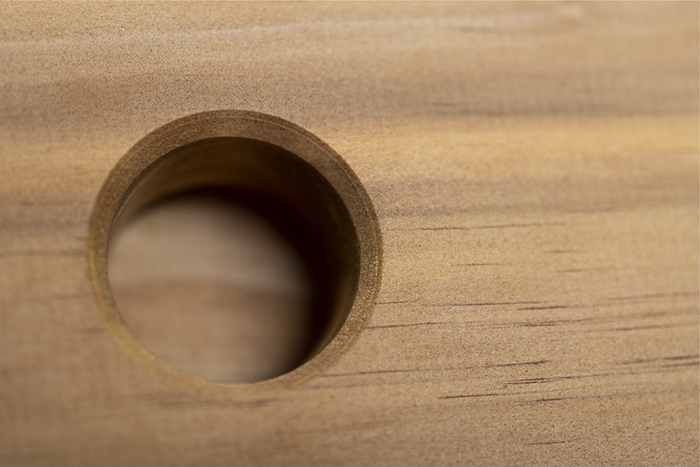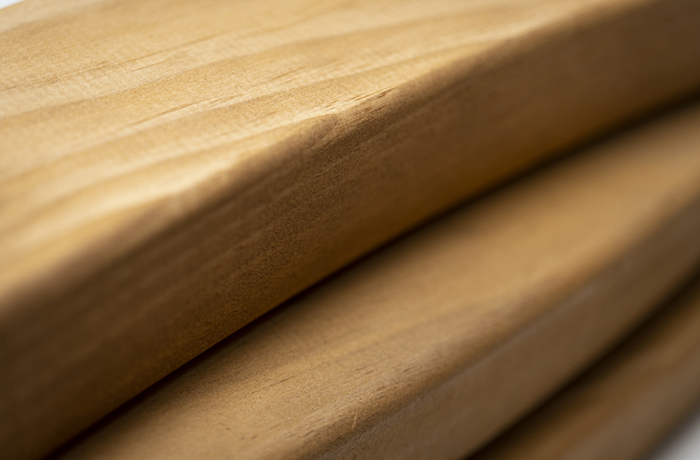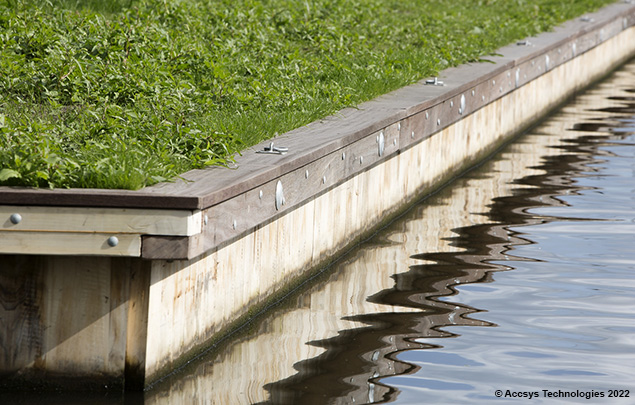Why we use Accoya
Why we use Accoya

What is Accoya?
Accoya is wood, Radiata Pine (Pinus radiata) that has been pickled in vinegar. To be technical, it has been made rot-resistant by acetylation, a process that uses acetic acid to modify the molecular structure of the wood. Accoya wood is durable and won't warp or rot over time.
It’s child-safe and environmentally friendly. The only by-product of acetylation is acetic acid (vinegar).
Learn more about Accoya production at Accoya.com

Why do we use Accoya?
- Accoya is safe. Unlike many other treated woods it contains no toxic chemicals. The only substance found in Accoya other than natural wood is about 0.5% acetic acid (vinegar).
- Accoya is durable. It can stand exposure to outdoor elements for decades.
- Accoya is environmentally friendly. It is made from a readily sourced, non-threatened tree species.


Only abundantly available, fast-growing Radiata pine is used to create Accoya, safeguarding a consistent supply and preventing deforestation of tropical forests. The Accoya production facility meets highest requirements with respect to health, safety and the environment. Over 50% of the facility is powered by renewable energy.

Carbon footprint
Accoya has compelling environmental advantages over scarce, slow-growing hardwoods, wood treated with toxic chemicals, and non renewable carbon-intensive materials such as plastics, steel and concrete.
Greenhouse gas emissions (kg CO2 equivalent per cubic metre of material):
| Aluminium | 24,732 |
|---|---|
| Steel |
11,388 |
| PVC | 4,278 |
| Western Red Cedar (unsustainably sourced) | 3,795 |
| Concrete | 2,185 |
| Ceramic tile | 1,560 |
| Plywood (sustainably sourced) | 638 |
| MDF (sustainably sourced) | 495 |
| Accoya (Radiata Pine) | 342 |
Where else is Accoya used?
The building industry uses Accoya for doors, windows, decking, cladding, boats and bridges. Accoya demonstrates superior dimensional stability and thermal insulation compared to regular timber, aluminium and PVC. It is also more durable than these materials under various exposure conditions.

Case Study: Canal lining trial, the Netherlands
Certain environments are particularly punishing, but few are harsher than the banks of canals where wood is used to hold back the earth. The challenge in this application is the wood’s exposure to water, microbe-rich soil and (at the waterline) air. In the Netherlands, canal linings were traditionally made using tropical hardwoods, but with this no longer an option, an alternative is needed. Accoya was tested for this purpose with excellent results.
Even after 10 years in the water, Accoya emerged with no discernible degradation at all.


